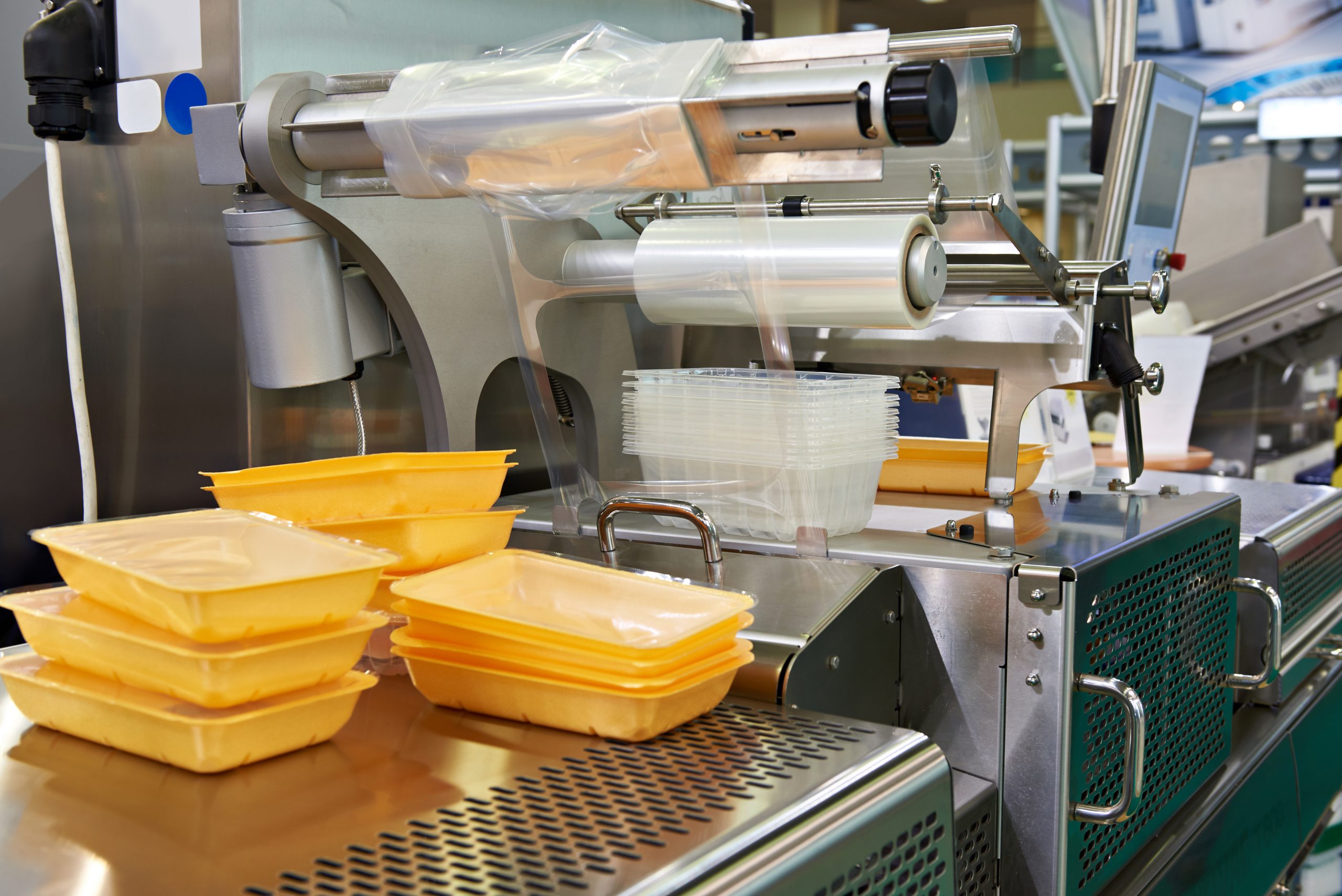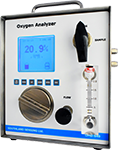Modified atmosphere packaging (MAP) involves replacing the ambient air in food packaging with an inert gas or gas mixture. This preserves the quality of fresh produce longer, prolongs food shelf life, and allows perishable products to be shipped further. MAP is often used for meats, dairy, bread, fruits and vegetables, and snack foods.
Oxygen causes food to spoil due to oxidation, and provides the ideal environment for microorganisms to grow, so it is commonly excluded from MAP – however in some cases very high levels of oxygen are used, for example to prevent discoloration in red meat and inhibit the growth of anaerobic organisms. Other gases frequently used in MAP include carbon monoxide and dioxide, nitrogen, argon, and in some cases hydrogen or helium.
Beverages such as beer are also subject to oxidation, and utilize an inert gas “blanket” in the brewing process to prevent any spoilage, often done with CO2. Apart from excluding oxygen from the packaging, providing a gas pressure above the surface of beer with an inert gas help prevents gas from coming out the solution and rendering your beverage flat.
To provide nitrogen gas for packaging a PSA/VPSA generator is often used to generate the gas onsite. The OMD-150 can provide constant online monitoring to ensure the gas being generated is up to the required quality. Spot checking for CO2 blanketing can be done with the portable, OMD-640. It offers unique features such as USB data logging to record oxygen levels in an Excel compatible (.csv) format.


